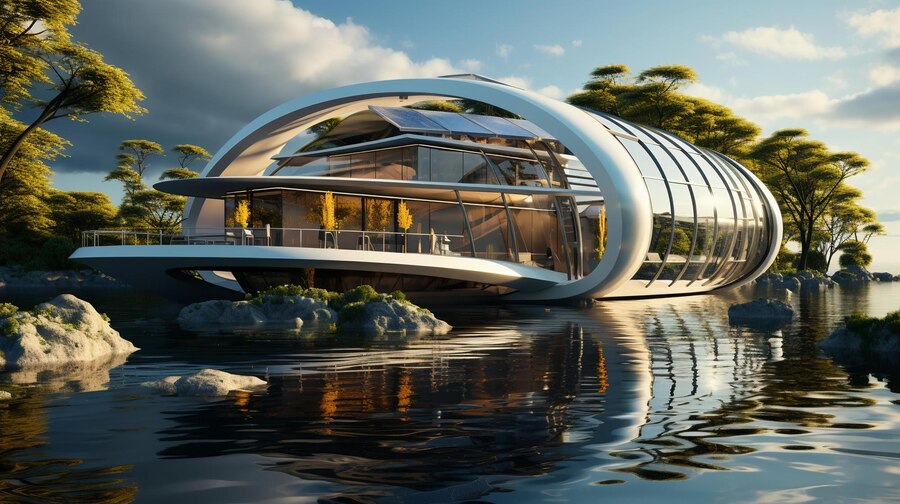What is Modern Architecture?
Modern architecture emphasizes function, simplicity, and innovation, using materials like glass, steel, and concrete to create sleek and dynamic structures.From Wikipedia, the free encyclopedia This article is about modern movement architecture. For architecture in the present day, see contemporary architecture. Modern architecture Top: Villa Savoye, France, by Le Corbusier (1927); Empire State Building, New York, by Shreve, Lamb & Harmon (1931) Center: Palácio do Planalto, Brasilia, by Oscar Niemeyer (1960); Fagus Factory, Germany, by Walter Gropius and Adolf Meyer (1911–1913) Bottom: Fallingwater, Pennsylvania, by Frank Lloyd Wright (1935); Sydney Opera House, Sydney, Australia, by Jørn Utzon (1973) Years active 1920s–1980s Location International Modern architecture, also called modernist architecture, was an architectural movement and style that was prominent in the 20th century, between the earlier Art Deco and later postmodern movements. Modern architecture was based upon new and innovative technologies of construction (particularly the use of glass, steel, and concrete); the principle functionalism (i.e. that form should follow function); an embrace of minimalism; and a rejection of ornament.[1] According to Le Corbusier, the roots of the movement were to be found in the works of Eugène Viollet le duc.[2] The movement emerged in the first half of the 20th century and became dominant after World War II until the 1980s, when it was gradually replaced as the principal style for institutional and corporate buildings by postmodern architecture.[3] Origins Main article: Modernism Modern architecture emerged at the end of the 19th century from revolutions in technology, engineering, and building materials, and from a desire to break away from historical architectural styles and invent something that was purely functional and new. The revolution in materials came first, with the use of cast iron, drywall, plate glass, and reinforced concrete, to build structures that were stronger, lighter, and taller. The cast plate glass process was invented in 1848, allowing the manufacture of very large windows. The Crystal Palace by Joseph Paxton at the Great Exhibition of 1851 was an early example of iron and plate glass construction, followed in 1864 by the first glass and metal curtain wall. These developments together led to the first steel-framed skyscraper, the ten-story Home Insurance Building in Chicago, built in 1884 by William Le Baron Jenney[4] and based on the works of Viollet le Duc. French industrialist François Coignet was the first to use iron-reinforced concrete, that is, concrete strengthened with iron bars, as a technique for constructing buildings.[5] In 1853 Coignet built the first iron reinforced concrete structure, a four-storey house in the suburbs of Paris.[5] A further important step forward was the invention of the safety elevator by Elisha Otis, first demonstrated at the New York Crystal Palace exposition in 1854, which made tall office and apartment buildings practical.[6] Another important technology for the new architecture was electric light, which greatly reduced the inherent danger of fires caused by gas in the 19th century.[7]
Gallery




